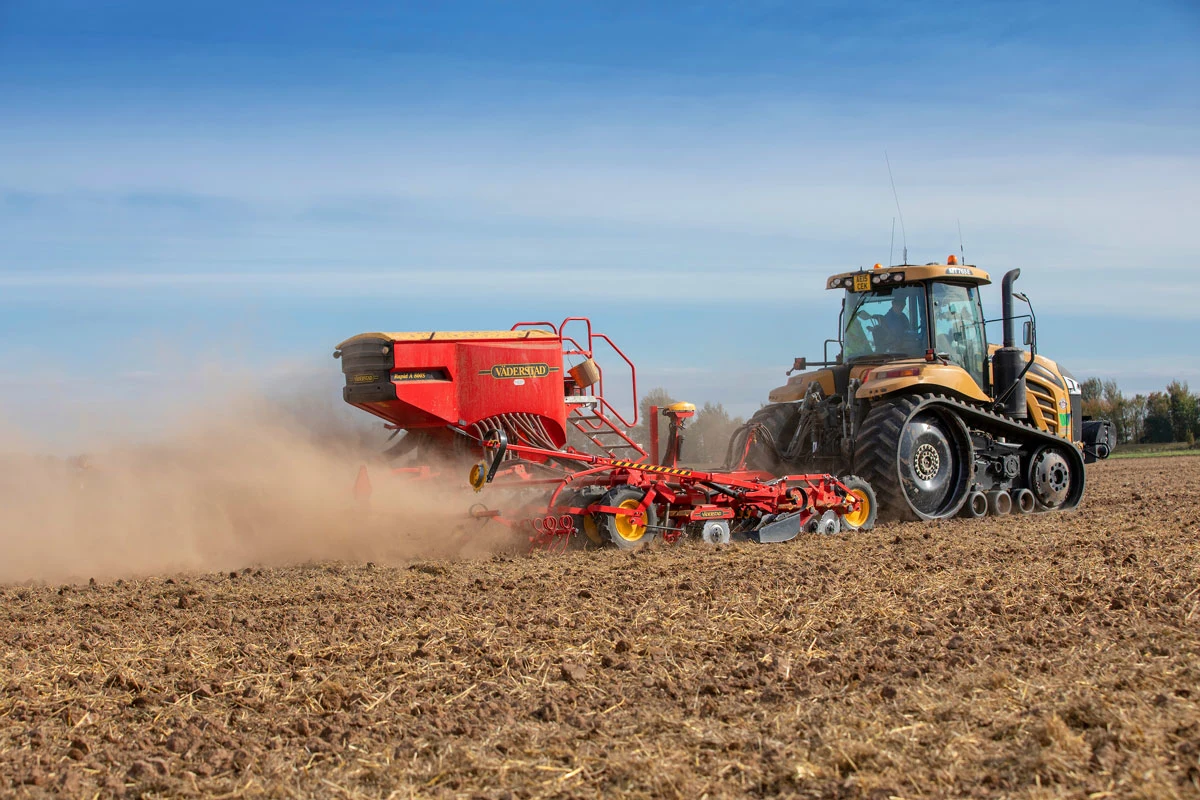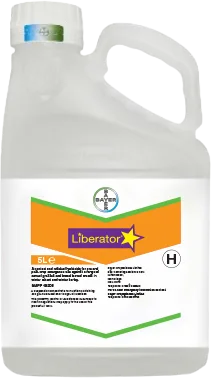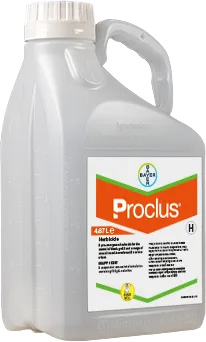Published on 1st October 2024
Local Insights
How to plan for weed control for different drilling dates

Current situation (10 September)
Harvest is virtually finished other than a few beans left to mop up. We were pretty lucky with the weather, which helped make harvest simpler than the rest of the season. Yields though were another story.
Cultivations and land preparation for next season is well underway, with, I suspect, many planning to drill earlier, perhaps as soon as 15 September. There are plenty who are trying to for a stale seedbed beforehand, although while there is a bit of a flush of weeds coming through, germination has been slow.
Tom’s agronomy tips for October
1. Top up pre-emergence herbicides in October
Where wheat crops have been drilled on fields with one of the three main grass-weed issues – black-grass, Italian ryegrass or brome – in September it is likely to require a follow up herbicide during October even if a pre-emergence herbicide has been applied. Earlier drilling invariably means warmer soil temperatures and quicker breakdown of active substances.
What to apply will depend a little on what has been sprayed as the pre-emergence. If, for example, you have gone down the cinmethylin route at pre-emergence, then you’re probably most likely to follow with either a Liberator (flufenacet + diflufenican) or one of the similar products with metribuzin added to the formulation.
The metribuzin adds some contact activity for black-grass control and extends the broadleaf weed range, which is why it is my favoured option. It can now also be used at the full 1.0 L/ha rate through to GS25 adding much more flexibility to the original label.
If you used a Liberator + Proclus (aclonifen) pre-emergence, then the MET products are still an option, but it also opens the possibility of using cinmethylin as an early post-emergence top up. With some crop safety concerns last year, this might be the best place to use cinmethylin.
2. Delay drilling the worst grassweed fields as long as possible
This is one of those tips that is likely to fall on deaf ears, but if you’ve made it into October without drilling fields with grass-weed challenges, the longer you can hold your nerve, the better it will be agronomically for grass-weed control.
If you can delay beyond the peak of black-grass emergence, for example, which is usually in mid-October, it will help ease the pressure on the in-crop herbicides. But no doubt the first sign of the weather closing in this autumn will lead to a rush of drills in fields and that’s completely understandable.
The other key is to apply a pre-emergence in these fields as soon as possible after drilling – preferably within 48 hours. Here again, choice mostly comes down to between cinmethylin and Liberator + Proclus.
From a Bayer point of view, I’d obviously suggest Liberator + Proclus as first choice, to which you can prosulfocarb or tri-allate for extra punch. Proclus can only be used pre-emergence, so by using it, you leave open the possibility of using all three strongest products and multiple modes of action in the season, whereas you don’t have that chance if you use cinmethylin first.
That said, cinmethylin is a good product, especially against Italian ryegrass, so it’s not a bad choice either.
3. What about in easier weed situations?
If you’re in the lucky position, at least from a weed control standpoint, of not having any difficult grass-weed challenges, then I suspect these fields will have been drilled in September. They could also have had a pre-emergence herbicide, but it is also a viable strategy to have left them for an early post-emergence spray for annual meadowgrass and broadleaf weeds.
In this case, the MET products are a decent option again. They provide good activity against broadleaf weeds that are causing more and more problems, such as groundsel and cranesbill, while some trials work suggests they could have a more than useful effect against bur chervil.
They can also be used in winter barley in the same situation.
4. A quick note on winter barley pre-ems
I would imagine the vast majority of winter barley will be drilled in September, so there won’t be many places where pre-ems are still to be applied. But if you are still putting some last crops in, remember the options for difficult grass-weed control are more limited and the crop safety of residuals more marginal.
Cinmethylin is not an option, while there is a lower maximum rate of Proclus allowed of 1.0 L/ha, compared with 1.4 L/ha in winter wheat.
Where you are using Liberator + Proclus, following best practice is even more important than in wheat. Seed must be covered by 32mm of soil, try not to overlap with the sprayer, apply within 48 hours of drilling and avoid applying before a heavy rain event. The latter is not easy to predict always, but it will help minimise risk.
5. Monitor oilseed rape for diseases and pests
Oilseed rape so far has been a success, with some really good-looking crops so far from early August drill dates in particular. Cabbage stem flea beetles haven’t, so far, been much of a factor – quite why not, I’m not sure. Is it due to a lower area last year and again this year?
October marks the time when Phoma and possibly light leaf spot can become an issue, so keep walking crops to check whether a fungicide will be required. Most varieties have good resistance to Phoma, plus the large size of many, should reduce risk to that disease, but early drilling and lush canopies could increase risk from light leaf spot.
Keep an eye out for pests too – not just cabbage stem flea beetles, but also winter rape stem weevil and turnip sawflies, which have been spotted in the Midlands.
Liberator® contains flufenacet and diflufenican. Proclus® contains aclonifen. Liberator and Proclus are registered trademarks of Bayer. All other brand names used are Trademarks of other manufacturers in which proprietary rights may exist. Use plant protection products safely. Always read the label and product information before use. Pay attention to the risk indications and follow the safety precautions on the label. For further information, including contact details, visit www.cropscience.bayer.co.uk or call 0808 1969522. © Bayer CropScience Limited 2024.





